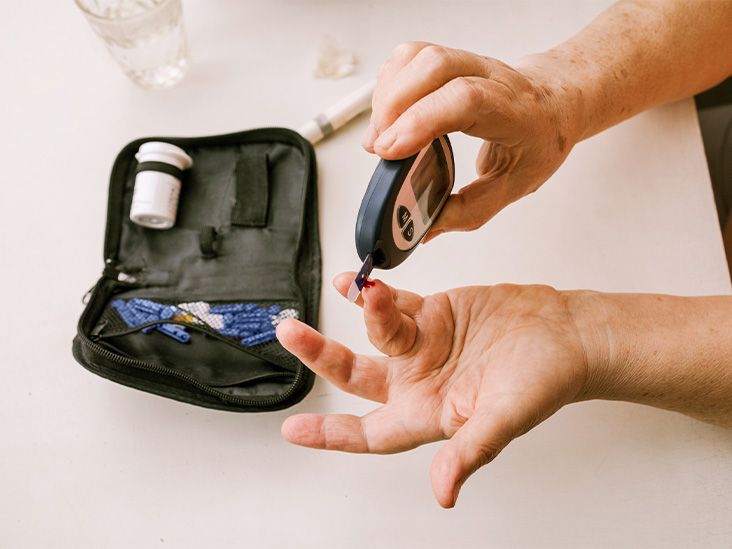Studying the heart after death is a sometimes overlooked source of medical information that could help us to better understand and manage instances of heart disease, researchers argue.

This week has seen the publication of a
The studies featured in this special issue speak of how examining the heart after death can tell us so much about cardiovascular health, and how this information might prove vital to the well-being of those alive.
“Autopsy is a source of discovery that informs the way we think about disease systemically,” says special issue co-editor Dr. Jeffrey E. Saffitz, the chair of the Department of Pathology at Beth Israel Deaconess Medical Center in Boston, MA.
“Atherosclerosis, hypertension, diabetes, and metabolic syndrome — these are the diseases you study during an autopsy. These are the diseases that are killing hundreds of thousands of people and autopsy is important to help understand how these diseases develop and progress.”
Dr. Jeffrey E. Saffitz
Three studies published in this issue explain just how autopsy can reveal the underlying causes of sudden cardiac death, how cardiac implantable electronic devices can offer crucial postmortem information, and how studying the heart after death can help us to zoom in on the causes of atherosclerosis.
In the
This was done to understand both what causes sudden death at such young ages, and to assess whether other family members are also at risk of experiencing a similar cardiovascular event.
Specifically, the scientists looked for causes at cellular level, using a process called “
Dr. Ackerman and team used the technique to study the hearts of 25 people who had experienced sudden cardiac death in Chicago, IL, in January 2012–December 2013. Of these people, 12 were black and 13 were white.
Twenty-seven ultra-rare genetic mutations were found in 64 percent of the cases (16 out of 25 people); of these, 75 percent were seen in black people (9 out of 12 cases), and 54 percent in white people (7 out of 13).
Importantly, the authors note that 14 percent of all these cases of ultra-rare mutations could have been detected by using available genetic testing.
This, they write, indicates that the surviving family members of the deceased person could benefit from requesting genetic testing for themselves, which could show them whether they, too, are at risk of cardiovascular events. It would also allow them to take preventive measures.
The
Such devices are used to correct and sustain heart function in people with serious cardiovascular issues, such as
These data can help to establish with more exactitude not only when the death occurred, but also what caused it.
Dr. Blaschke and team downloaded the data stored in 151 cardiac implanted electronic devices, of which 109 were pacemakers, 35 were defibrillators, and seven were implantable loop recorders. The devices were retrieved during 5,368 autopsies that occurred in February 2012–April 2017.
In 60.8 percent of the cases the researchers analyzed, the downloaded data allowed them to ascertain the cause of death with accuracy, and in 70 percent of cases, it helped them to determine the time of death.
Moreover, the authors note that looking at cardiac implanted electronic devices postmortem can help specialists to assess any flaws or safety issues that may occur in these mechanisms.
The
Lead researcher Dr. David Herrington — who works in the Wake Forest University School of Medicine in Winston-Salem, NC — and team analyzed tissue samples collected during 100 autopsies of young adults.
They did this by using mass spectometry, which is a technique that allowed the investigators to identify the first changes that happen at cellular level, and which may eventually lead to atherosclerosis.
Dr. Herrington and team found key changes in certain
Moreover, all of the changes they detected were found in protein networks (interacting proteins) already thought to be relevant to atherosclerosis.
The co-editor of the special issue that features all of these papers notes that, all taken together, they make a strong case for a more sustained use of autopsy in clinical research in the future.
“If the papers and commentaries in this issue of Circulation are any indication,” says Dr. Saffitz, “there is still much to be learned from autopsy.”


